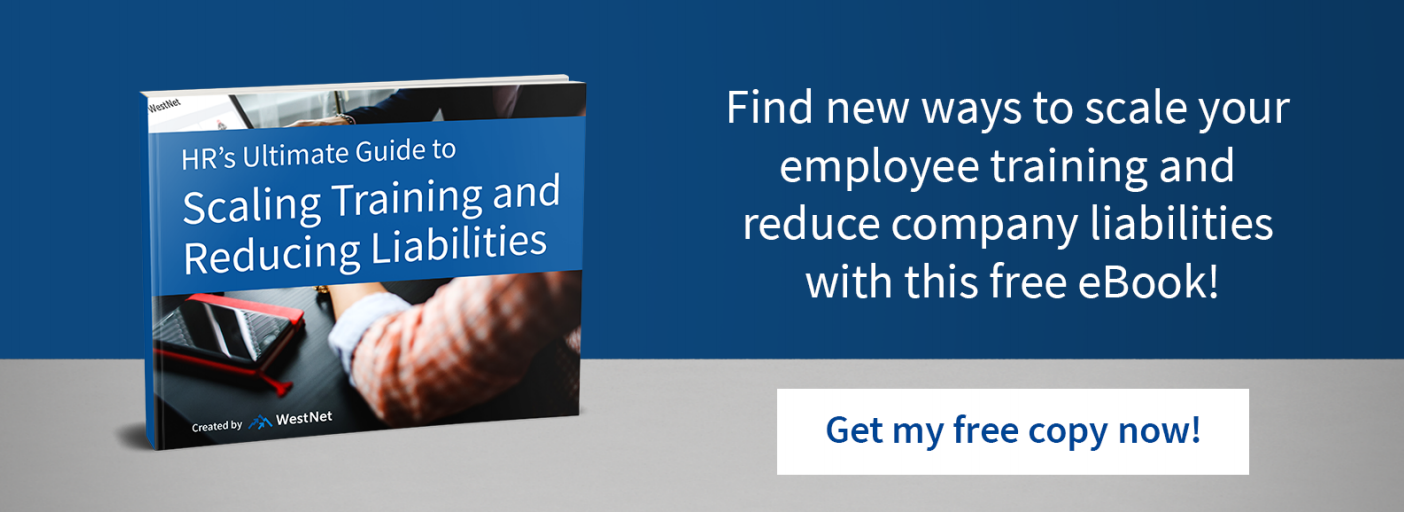Employee safety is a must. Your employees are your company’s most valuable resource and greatest responsibility. The good news is that reports of workplace injuries and illnesses decreased by 2.8 cases per 100 full-time equivalent workers in 2017 compared to the year before, according to research by the U.S. Bureau of Labor Statistics. The less positive aspect of this data is that approximately 2.8 million nonfatal workplace injuries and illnesses were still reported.
And even though injuries might be declining, the costs of work-related incidents are climbing. According to the 2018 Liberty Mutual Workplace Safety Index, workplace injuries cost businesses more than $58 billion per year, three percent more than the prior year. Along with direct expenses, such as medical bills, indemnity payments and premium increases, workplace injuries, and illnesses have other financial and emotional costs, such as the following.
- Loss of productivity
- Decreased morale
- Increased administrative costs
- Equipment damage
- Expenses related to recruiting, hiring and training replacement personnel
Taking action to avoid these issues before you are faced with them is best approach. Learn strategies to begin improving employee safety today.
Implement Accountability
Management must be accountable for making safety a top priority. Setting clear and realistic goals conveys the message that you take the matter seriously and that you are confident in your employees’ commitment to a safe workplace. Sharing your goals with the entire workforce and holding staff accountable for reaching those goals has several benefits, such as the following.
- It shows that you are attentive to safety concerns or issues and that you will notice accidents or unsafe practices.
- Employees will feel accomplished and motivated as they continue to reach goals.
- Staff members will be encouraged to approach management regarding injuries or potential dangers.
Individual accountability is vital, as well. When your workforce is made up of motivated individuals who support their coworkers and maintain open communication with management, safety will increase. Foster an open-door atmosphere and provide positive feedback or rewards when employees act in a careful and responsible manner.
Provide Employee Safety Training
OSHA recommends four action items regarding employee safety education and training:
- Provide program awareness training.
- Train employers, managers, and supervisors on their roles in the program.
- Train workers on their specific roles in the safety and health program.
- Train workers on hazard identification and controls.
As part of ongoing safety training, provide policies, procedures, and instructions in several formats. Provide information using language and vocabulary that all employees can understand. Offering documentation, signs, stickers, software and other materials ensures that the entire workforce is aware and comprehends the information.
Invite employees to attend any and all training sessions in case they are unclear or need a refresher. In addition, provide adequate supervision and oversight to ensure employees are performing properly and safely.
Insist on Cleanliness
A clean workplace is a safer workplace. Messes can easily lead to accidents. Establish cleanup policies, including detailed and clearly assigned tasks. Maintaining the workplace throughout the day and cleaning up at the end of each shift is very beneficial. Perform inspections regularly to ensure the policies are being followed. These are some key areas to consider:
- Clean, dry floors help prevent slips and falls.
- Disposing of trash and recyclables promptly and correctly thwarts clutter, which could potentially impede employees’ vision, cause falls or damage equipment.
- Flammable materials not cleaned up or stored properly can be a fire hazard.
- Leftover or loose materials, such as sheet metal, wire or screws could cause injury.
Give Them What They Need
Part of your responsibility is to ensure your workforce has access to everything they need to perform their jobs safely. Make sure employees have safe tools and equipment that they correctly. Confirm that all equipment is working properly, maintained or repaired regularly and is consistently up to standards.
Perform frequent safety checks. When an issue is discovered, take steps to resolve it immediately, otherwise it can come back twice fold.
Encourage Questions
Endorse an open-door policy regarding workplace health and safety issues or concerns. Open communication lets employees know there are no foolish questions.
It is essential to reassure staff that they should come to a supervisor whenever they are uncertain about a processes and procedure, or if they are working with new materials or equipment. In addition, employees should feel comfortable speaking to a manager when something just seems off and cannot pinpoint the problem.
Reassure employees that there will never be repercussions for bringing a hazard to light or reporting an injury. Explain that workers are, in fact, protected by OSHA’s whistleblower statutes.
Diminish Distractions
As in any aspect of life, interruptions are a reality that people must learn to handle in the workplace. However, many distractions are completely unnecessary and even self-imposed. Distractions can cause mistakes, carelessness, and injuries.
While some distractions and interruptions are unavoidable, finding ways to decrease them will help improve workplace safety. Look for common disturbances in the workplace. Ask employees to share common distractions, as well. With a comprehensive list, you can begin to devise ways to safely eliminate them altogether or, at the very least, decrease their impact on your workforce.
Reduce Stress
Stress can be a legitimate workplace safety issue, as well. This is true whether your employees work in a particularly high-stress field or they simply become bogged down by several small stressors over time. Watch for signs of stress in employees, such as:
- Frequent headaches, upset stomach or complaints of insomnia
- Irritability, anxiety, depression or apathy
- Fatigue
- Difficulty concentrating or completing tasks
- Decreased morale
- Workplace arguments or even violence
Be prepared to help stressed out employees by having a plan in place before you need it. If you have an employee assistance program (EAP), see that stress management resources are available. This might include online information, referrals to mental health professionals or providing counseling services.
Moving towards a workplace with a strong culture of safety takes time and energy. Establishing beneficial practices, begins with a commitment between you and your workforce. However, the results will be well worth the effort that it takes. In a safer work environment, everyone wins.
WestNet Learning is an all-in-one, LMS solution to help growth and safety needs. Customized eCourses, analytics, reporting, and certifications help management & staff stay on top of what matters most.
If you are interested in learning more about improving employee safety for your business, schedule a 1-on-1 strategy session with one of our leading experts at WestNet!

